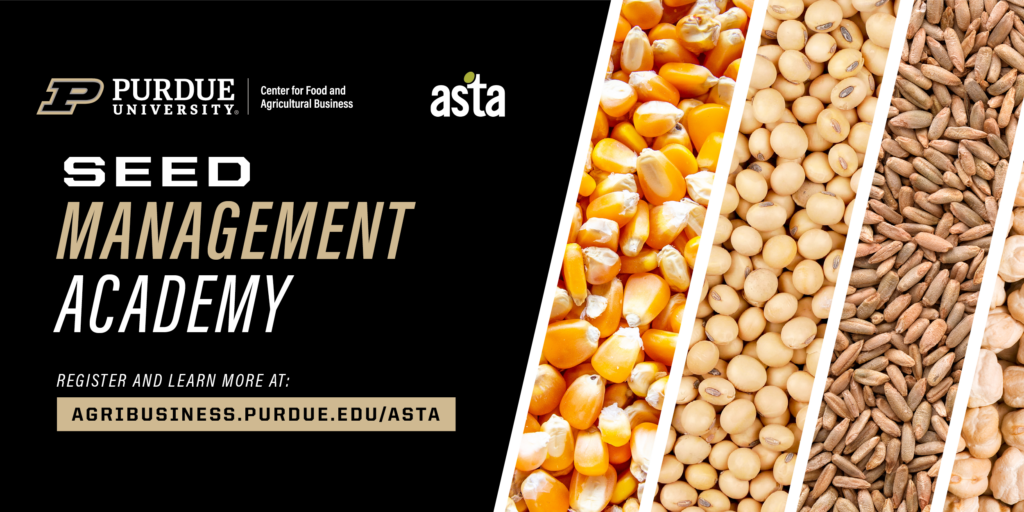 Article
Article
Candi, M., & Kahn, K. B. (2016). “Functional, emotional, and social benefits of new B2B services.” Industrial Marketing Management, 57, 177–184.
Reviewer
Dr. William Secor
Summary
This research by Candi and Kahn begins with the idea that the benefit a buyer receives from a service is a multi-faceted concept made up of functional, emotional and social benefits. Functional benefits are benefits that come from a product or service performing well. Emotional benefits are “benefits that appeal to the human senses and evoke emotion (Candi and Kahn, 2016, p178).” Social benefits are the benefits that affect how the buyer views themselves and their place (or their company’s place) in their social network.
The results of this study show that all three components are important to a business buyer’s overall satisfaction. This research also finds that more is always better for functional benefits, but more is better up to a point for emotional and social benefits. This research is part of a growing body of literature that shows business buying behavior can be subject to marketing influences that were typically considered only relevant in B2C contexts.
What this means for food and agricultural businesses
The results from Candi and Kahn’s study showcase two mission-critical questions your business needs to answer to succeed in the marketplace:
1. What benefits do your customers value?
To begin, benefits are not product specs or the promotional swag you give away. Rather, benefits are the things like money, happiness, or status the customer receives because of the superior product specs or from wearing the promotional swag. Now, figuring out the benefits your customers value is really difficult. What does product performance mean to your customers and what benefits does it ultimately provide to them? How do salesperson relationships create benefits for your customers?
Individual customers will value different benefits. For example, the functional benefits a farmer might receive from the seed they buy could include stable revenue from a consistent yield in any weather, and this consistent revenue can also provide an emotional benefit of stress reduction. In contrast, another farmer may value a high revenue by trading off the consistency in yield.
Analyzing the market as a whole, clusters of customers will tend to appear around combinations of benefits. As customers cluster together, you can segment them along these combinations of benefits. This benefits-based segmentation moves beyond demographic segmentation that misses the causal link between your offerings and a customer’s purchase decision. Continuing the seed example, suppose one segment a seed company has found is the “innovator” segment. These farmers value:
- Functional benefits that include high-potential revenue through high yield, but don’t care about reducing management time or using fewer inputs.
- Emotional benefits that include the thrill of trying to get the high-end out of the seed and taking a risk.
- Social benefits of being a first-adopter.
- Determining which specific benefits your customers value and segmenting along these benefits starts to answer the second question.
2. What benefits do your products and services provide to your target segments and customers?
Segmentation allows you to target segments with the right mix of products and services. Take the innovator segment from above. There are a series of questions that a seed company should pursue in this area. What seed varieties do you have that match the innovator segment, do you provide supplementary services they value, and how do the benefits you offer compare to the benefits offered by competitors? Developing profiles on individual customers that include the benefits they value can also allow you to target products and services to specific customers.
It is also important to consider the costs of providing these benefits. The research by Candi and Kahn indicate that functional benefits tend to consistently increase customer satisfaction, while emotional and social benefits increase customer satisfaction up to a point. This result is likely very context and industry specific, and you should test whether this is true for your customers. The larger point this result makes is that you should compare the costs of providing the benefits with the value those benefits create for your customer. For an example, let’s take the Candi and Kahn result as is in devising a promotional strategy for a seed company pursuing the innovator segment with a new seed variety. Promoting the new seed variety by describing its superior high-end yield potential will consistently translate well to the farmer. Additionally, communicating the novelty of the new seed variety is important as this will provide value to the farmer as a social benefit. However, promotional resources (e.g., air time, print ad space, budgeted money) should be dedicated more to functional benefits of the new seed variety rather than social benefits.
The answers to these two questions are actually the start of a marketing strategy: Who are your target customers and what are you offering them? What comes next is the rest of your marketing strategy. How will you tell them about your offerings? How will you get your offerings to your customers? And how much will you charge them for your offerings? The answers to these additional questions should always keep in focus the benefits your customers value and how your offerings provide those benefits.




